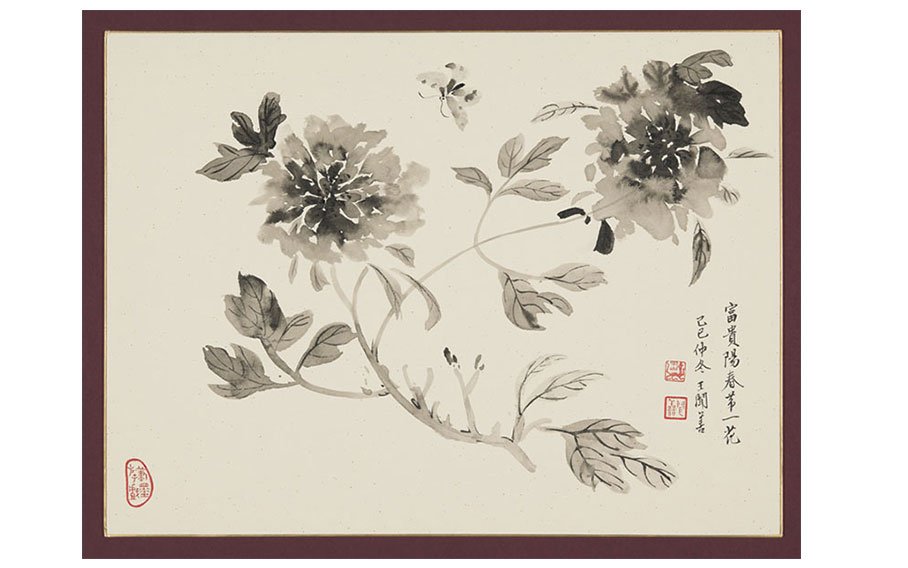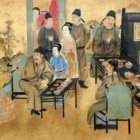The most influential paragraph in the history of Chinese painting was written 1500 years ago. Around the year 500 CE, a painter named Xié Hé detailed a personal ranking of the best ancient painters. His book, The Record of the Classification of Old Painters is perhaps the earliest critical comparison of Chinese artists. However, the portion of the book with lasting value is a short list of six points within the preface. The “six principles of Chinese painting” list the criteria by which Xié Hé made his judgments of quality. These principles would guide the development of painting for many centuries.
Each of the six principles is stated in only four characters. This cryptic brevity compounds the difficulty of deciphering the ancient grammar today. Alternate interpretations and translations abound — some more poetic than comprehensible. While this ambiguity has fueled scholarly disagreements, it also accounts for the principles’ enduring relevance. With such spare language, the principles can be interpreted with subtle variations. They maintain traditions while adapting as needed through centuries of shifting tastes and styles.
Why introduce an ancient critic here? The paintings Xié Hé cited in the body of his book as standards of quality are largely lost and turned to dust. But due to the remarkable continuity of China s painting tradition, the six principles are still relevant today. Equipped with Xié Hé’s criteria for good painting, we hold the keys to a better appreciation of more recent works.
This exhibition includes work from the 16th century to the present, drawn largely from the collections of the KIA and of Joy and Tim Light. Text panels explore the six principles individually and invite viewers to apply them to these paintings.

